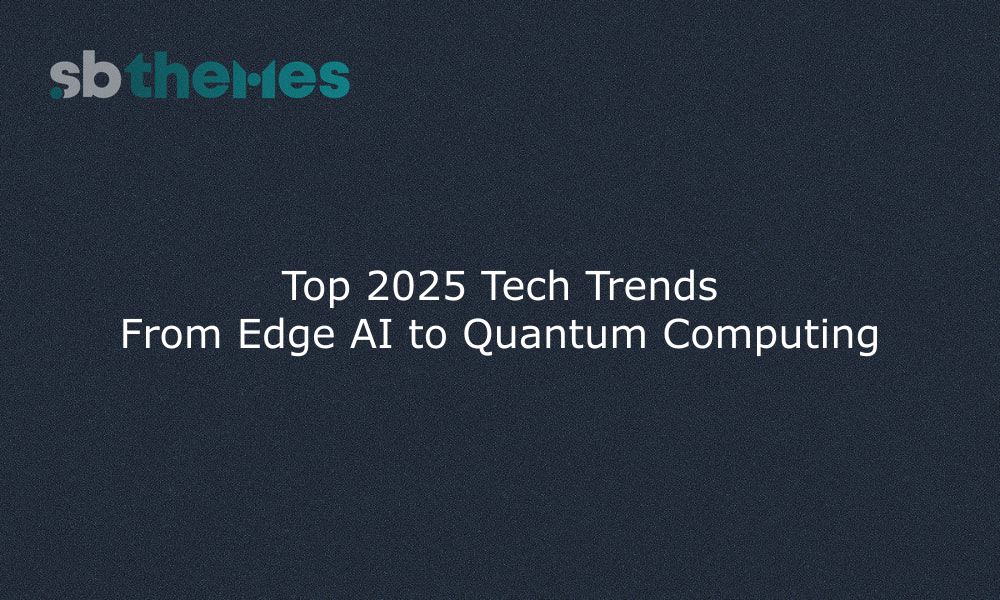The tech landscape of 2025 is buzzing with innovation. From intelligent devices that process data on the spot to AI systems that can think and act independently, this year is shaping up to be a pivotal one in the world of technology. Let's dive into the some exciting trends making waves this year.
Edge AI: Smarter Devices, Real-Time Decisions
What It Is:
Edge AI refers to the practice of processing data on local devices like smartphones, cameras or sensors rather than sending it to distant data centers. This approach enables faster decision-making and reduces reliance on cloud infrastructure.
Why It Matters:
- Reduced Latency: Devices can make instant decisions without waiting for cloud processing.
- Enhanced Privacy: Sensitive data stays on the device, reducing potential exposure.
- Energy Efficiency: Less data transmission means lower energy consumption.
Real-World Example:
Companies like Edge Impulse are leading the charge by providing tools that enable developers to build and deploy machine learning models directly on edge devices, empowering real-time applications across various industries.
Agentic AI: AI That Thinks and Acts on Its Own
What It Is:
Agentic AI represents a leap forward from traditional AI. These systems can set their own goals, plan actions, and execute tasks without human intervention.
Why It Matters:
- Autonomous Operations: AI can handle complex tasks independently.
- Increased Efficiency: Reduces the need for constant human oversight.
- Scalability: Can manage a wide range of tasks across different domains.
Real-World Example:
Kruti, developed by Indian startup Krutrim, is an agentic AI assistant that can perform tasks like booking cabs, ordering food, and handling payments autonomously.
Autonomous Vehicles: The Road to Self-Driving Cars
What It Is:
Autonomous vehicles are cars that can drive themselves without human input, using a combination of sensors, cameras, and AI algorithms.
Why It Matters:
- Safety: Potential to reduce human error-related accidents.
- Convenience: Passengers can focus on other activities during travel.
- Environmental Impact: Optimized driving can lead to reduced emissions.
Real-World Example:
Lyft has partnered with Baidu to introduce robotaxis in Europe, starting with the UK and Germany in 2026.
Robotics: Machines That Learn and Adapt
What It Is:
Modern robotics involves machines that can learn from their environment and adapt their actions accordingly.
Why It Matters:
- Versatility: Robots can perform a wide range of tasks.
- Collaboration: Human-robot teams can tackle complex problems.
- Innovation: Opens up new possibilities in various sectors.
Real-World Example:
Google's Gemini Robotics, in collaboration with Apptronik, has developed robots capable of understanding and interacting with their environment using advanced AI models.
AI-Enhanced Developer Tools: Coding with AI Assistance
What It Is:
AI-enhanced developer tools assist programmers by automating repetitive tasks, suggesting code snippets, and even debugging.
Why It Matters:
- Increased Productivity: Developers can focus on more complex problems.
- Learning Aid: Helps new developers understand coding patterns.
- Error Reduction: AI can spot potential bugs early in the development process.
Real-World Example:
GitHub Copilot, powered by OpenAI, assists developers by suggesting code snippets and completing functions, streamlining the coding process.
Quantum Computing: Unlocking New Computational Frontiers
What It Is:
Quantum computing leverages the principles of quantum mechanics to process information in fundamentally new ways, potentially solving problems that are currently intractable for classical computers.
Why It Matters:
- Complex Problem Solving: Can tackle problems in cryptography, materials science, and more.
- Speed: Potential to perform calculations exponentially faster than classical computers.
- Innovation: Opens up new avenues for research and development.
Real-World Example:
Google's Willow processor, a 105-qubit quantum computer, has achieved breakthroughs in error correction and computational speed, marking significant progress in quantum computing.
Final Thoughts: Embracing the Future
The tech trends of 2025 are not just about new gadgets or software they represent a fundamental shift in how we interact with technology. From AI systems that can think and act independently to vehicles that drive themselves, the future is unfolding before our eyes.
As these technologies continue to evolve, they promise to reshape industries, enhance our daily lives, and open up new possibilities we haven't yet imagined. Embracing these changes will be key to staying ahead in an increasingly tech-driven world.
Recent blog
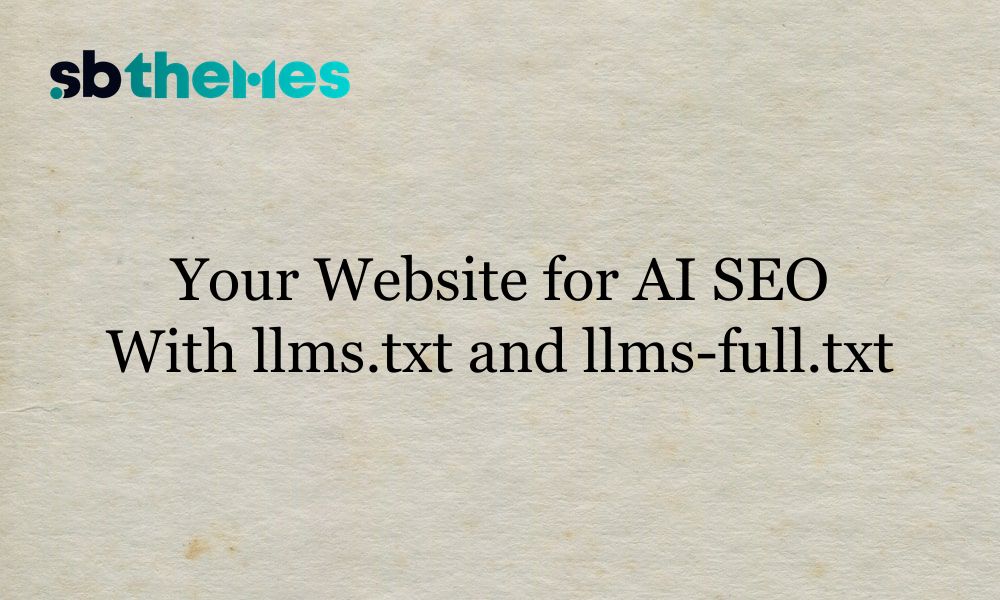
Help AI like ChatGPT find your top content with llms.txt. Learn what it is, who created it, and how adding it boosts SEO & accurate AI answers.
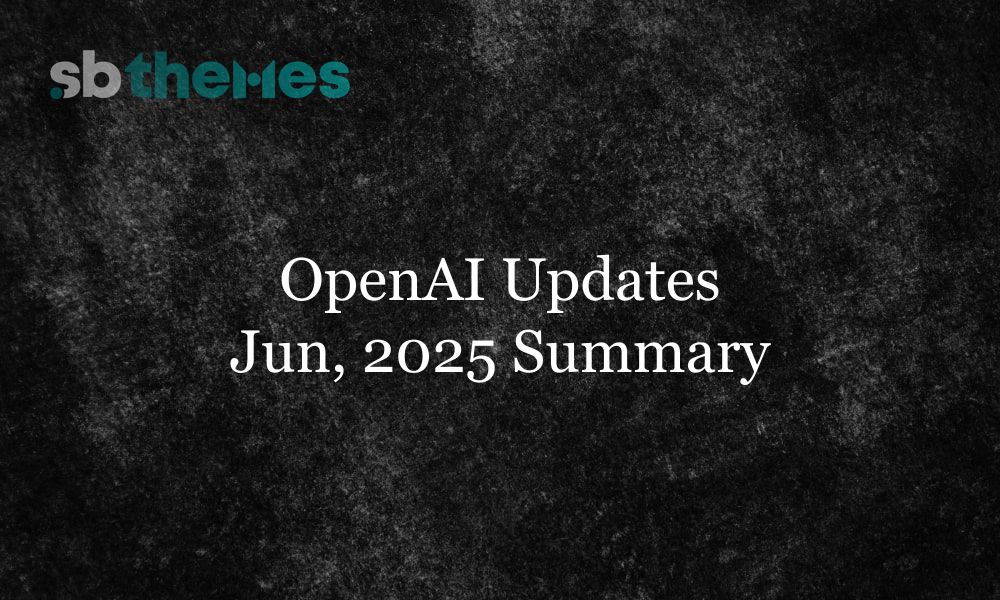
From smarter research tools to lower pricing and real-time AI, discover how OpenAI’s June 2025 updates are changing the game.
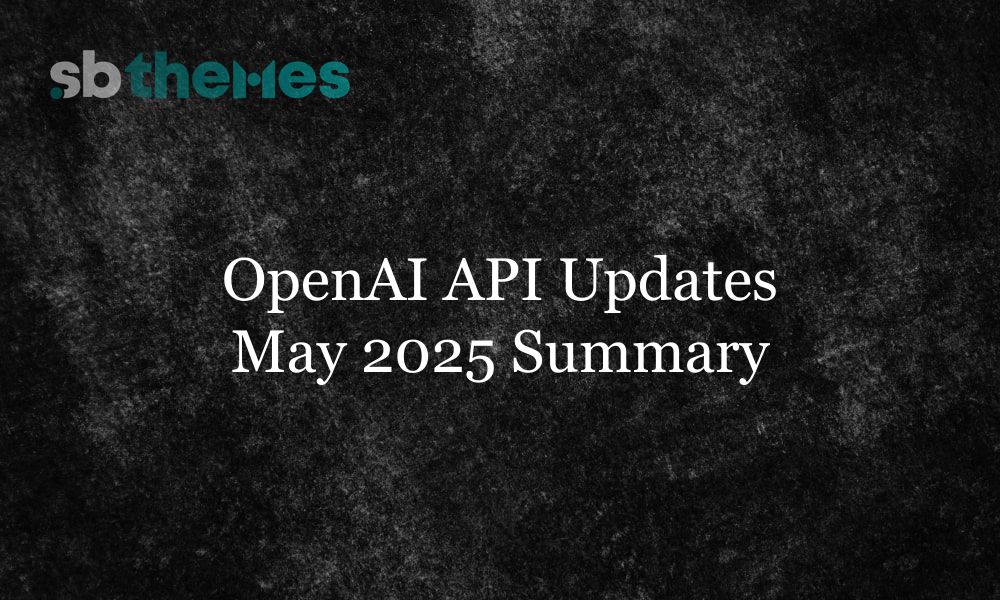
Explore OpenAI’s May 2025 API updates: new tool support, schema validation, Codex Mini model, and reinforcement fine-tuning for smarter AI apps.
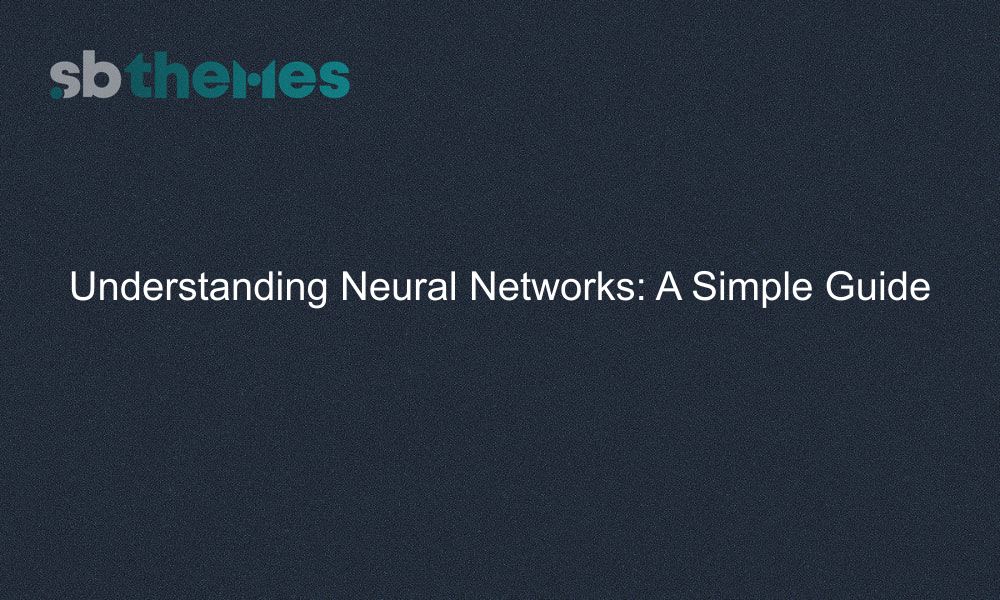
Explore neural networks in simple terms, learn how they work, their applications, and how they’re trained to solve complex problems in AI and machine learning.
Stay updated with our weekly newsletter
No Spam. Only high quality content and updates of our products.
Join 20,000+ other creators in our community

